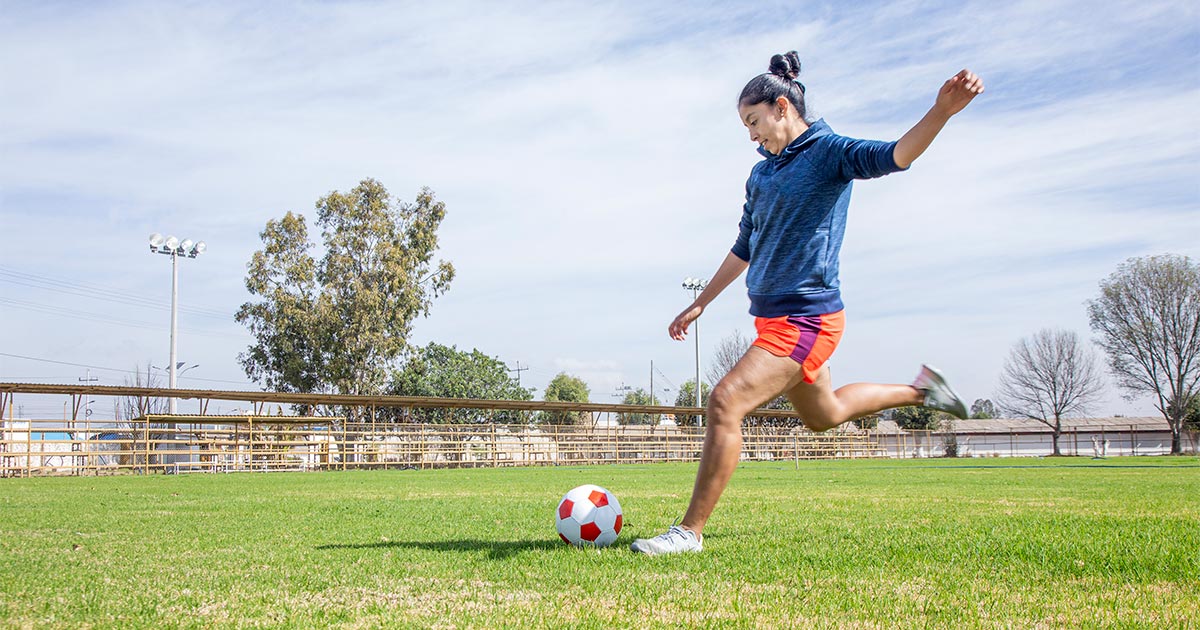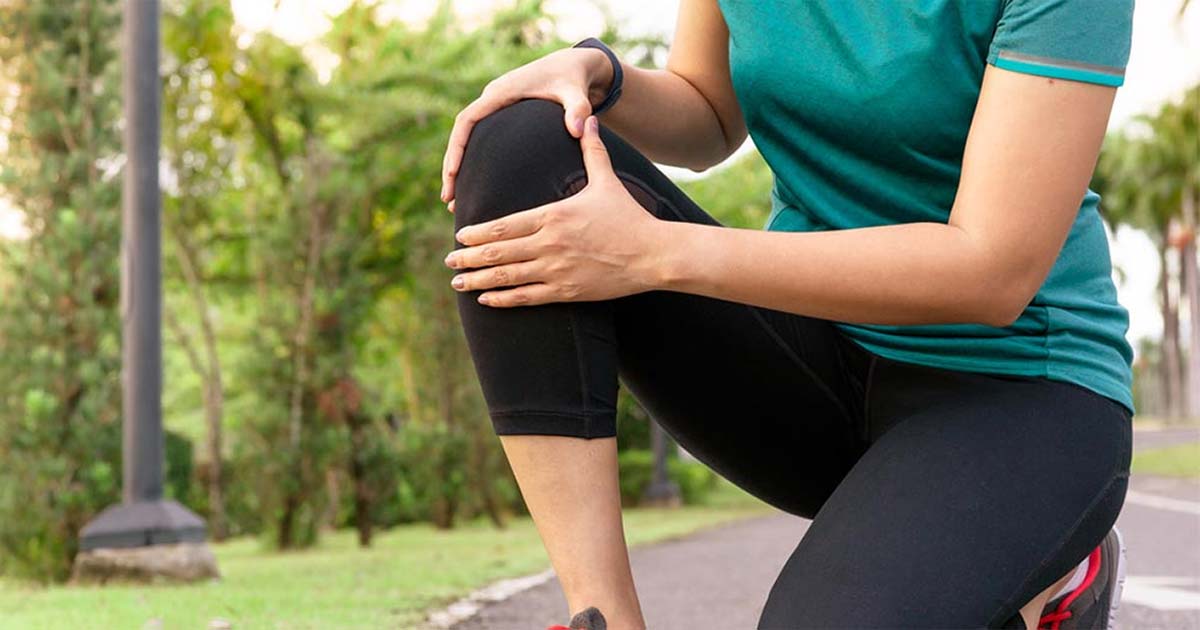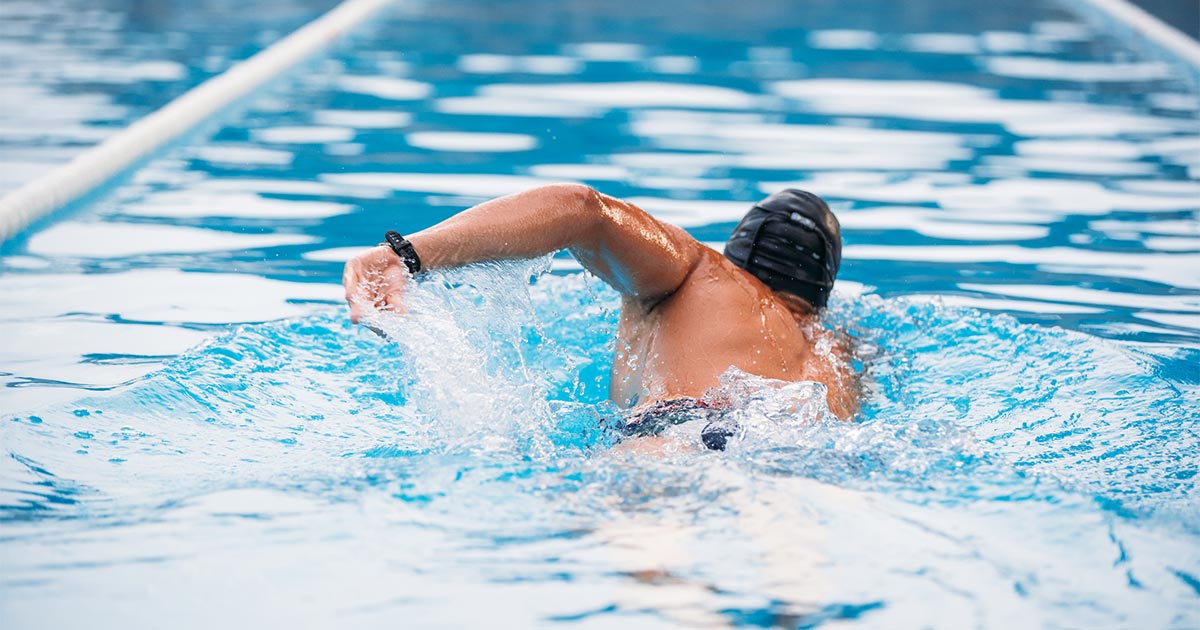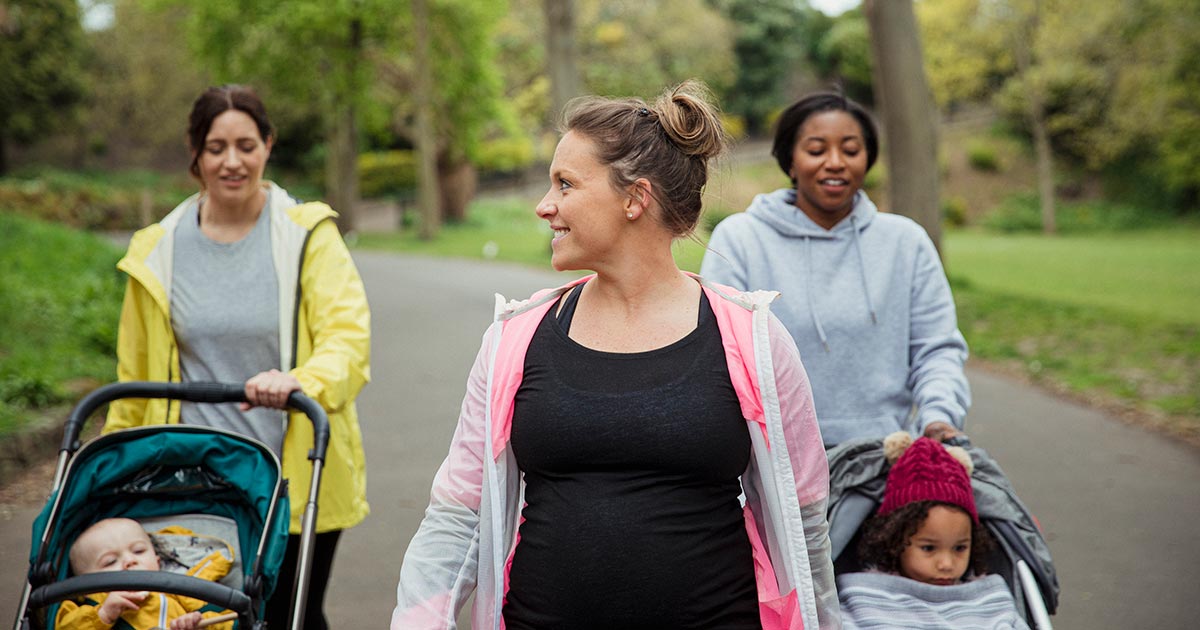The Facts about Women and ACL Tears
Advice to improve your movement, fitness, and overall health from the world's #1 in orthopedics.
Tears to the ACL, or anterior cruciate ligament, in the knee are so common, it’s not only likely you’ve heard of them, it’s likely you know someone who has had one, say orthopedic surgeons Moira M. McCarthy, MD, and Karen M. Sutton, MD, both of whom are members of the Sports Medicine Institute and Women’s Sports Medicine Center at HSS. If you were born female, you’re also more likely to suffer this type of injury than your male counterparts.

There are four major ligaments—soft bands of tissue—that connect the thighbone (femur) to the shin bone (tibia) and stabilize the knee. The ACL is one of two ligaments that cross at the middle of the knee. It is made of collagen fibers, which look like lttle ropes, and its job is to prevent the tibia from moving too far forward on the femur.
“ACL tears are one of the more common knee injuries that people are aware of given that relatively high numbers of these injuries happen in professional and recreational sports,” says Dr. McCarthy. They commonly happen with cutting, pivoting and jumping sports such as soccer, basketball, football, lacrosse and volleyball—though they can happen just from stopping suddenly or pivoting on a firmly planted foot. (Yes, that means jogging, pickle ball and even a misstep off a curb can cause the injury.)
The good news: “ACL injuries do not always require surgery,” says Dr. Sutton. “There are some athletes [such as] runners around age 40 or 50 who may decide that they want to go without an ACL surgery, but then we have athletes going into college who are doing pivoting and cutting sports that really require a functional ACL.”
Both doctors note that prevention is still the best medicine, but if you do wind up getting hurt, it’s vital to learn all you can so you can be an active participant in your recovery. “Understanding their injury empowers athletes to get through it,” says Dr. Sutton. To increase your awareness in both areas—prevention and treatment—Drs. McCarthy and Sutton offer these tips.
Why females are at risk
Structurally, there is no difference between a female ACL and a male ACL. However, there are some differences in their stretchiness (also called laxity), which is impacted by individual hormone levels and flexibility. Studies have shown that females tend to have more laxity in their ligaments in the knee as well as in other parts of the body. The menstrual cycle and changes in hormone concentrations may also play a role in ligament laxity.
Studies also show that women’s muscles respond differently during jumping activities than men’s—specifically showing less activation when landing. Females also show differences in muscle strength and have wider hips than males. All of these factors also increase women’s risk of ACL tears.
Protect against tears
Female athletes can do a lot of preventive exercises to decrease the risk of an ACL tear. While several of the physical risk factors that females have can’t be changed, muscle strength and muscle activation during certain activities (such as running, cutting, jumping and landing) can be modified through ACL prevention exercises to decrease the risk of a tear. Studies have shown that ACL prevention programs for sports teams have decreased the risk of ACL tears in those teams.
Know when to get off your knee
In team sports, ACL sprains or tears usually occur without contact with another player, or they can happen when an athlete is training alone. People usually feel or hear a pop at the time of injury, and their knee will feel unstable or “give out” from under them. Next, the knee swells up significantly and can begin to look bruised.
If you suspect you have sprained or torn your ACL, it’s important to seek medical care promptly. Get your weight off your knee right away, elevate the knee, and apply an ice pack. If crutches are available, use them to protect the knee from giving out again. Treating an ACL tear can prevent damage to other tissues in the knee, as well as osteoarthritis.
Play a role in your reconstruction
If you and your doctor opt for reconstruction surgery, you can expect several preoperative discussions that will play an important role in what happens next. One of the more important decisions is what tissue, or graft, to use to replace the torn ACL. Many types of grafts—called autografts—use tissue from the patient’s own body. This can come from a tendon in the kneecap (patella) or thigh (quadriceps) or from a muscle at the back of the leg (hamstring).
In young female athletes, the amount of flexibility in the knee is an important factor in determining which graft to choose. “For patients with loose joints and very flexible ligaments who desire to return to competitive sports such as soccer, I generally favor patella tendon autografts. For higher-level competitive athletes who have open growth plates, I recommend the quadriceps tendon autograft. And for patients who do not have loose joints and who want to continue to be active, I generally favor hamstring autografts,” says Dr. McCarthy.
Be patient during recovery
“[There’s] often not a specific timeframe in terms of returning to sport,” says Dr. McCarthy. “It’s more a progression in terms of strength, stability, coordination and balance.”
ACL recovery is somewhat long, mostly due to letting the new ACL heal into position, build new tissue and become a “new” ligament. This can take more than six months. However, regaining muscle control and strength can take nine to 12 months, depending on the patient’s overall rehabilitation. It’s most important that you don’t return to play before you’re cleared to do so by your medical team. “You want to minimize the risk of another ACL tear as much as possible,” says Dr. Sutton. “The risk will never be zero percent, but the idea of ACL prevention and ACL rehabilitation is to decrease the chance of having another ACL tear.”
Drs. McCarthy and Sutton have seen plenty of success stories where women with devastating injuries are able to return to sport after treatment. “They’re returning to the sport or activity that they love,” says Dr. McCarthy. “It’s very gratifying.”
Published 8/16/2021




